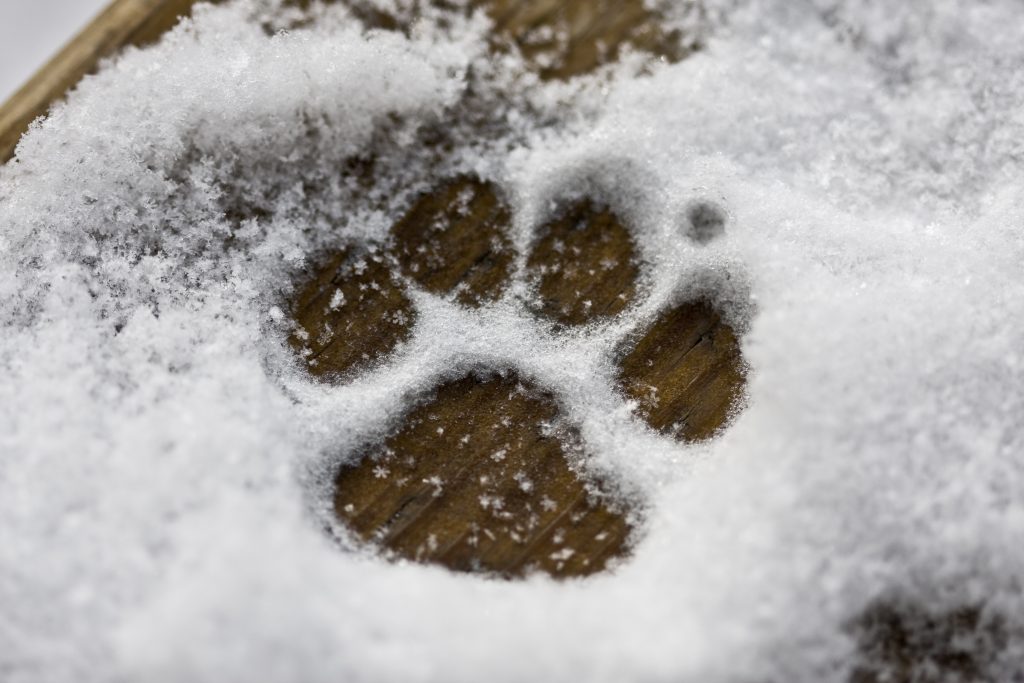Protect the Pads: Healing and Preventing Dry, Cracked Paws
 Michiganders are no strangers to winter, and neither are their pets. While you’re busy lacing up your snow boots before you head outdoors, your pet waits, bare-pawed. Indeed, our pets rely on their bare paws to transport them everywhere they need to go, regardless of the weather.
Michiganders are no strangers to winter, and neither are their pets. While you’re busy lacing up your snow boots before you head outdoors, your pet waits, bare-pawed. Indeed, our pets rely on their bare paws to transport them everywhere they need to go, regardless of the weather.
Winter weather can wreak havoc on paws, however. Dry, cracked paws and other injuries are common in the coldest months. Learn how to take care of your pet’s precious paws with these pro tips, offered by your friends at Oakland Veterinary Referral Services.
All About Those Pads
The pads on the bottoms of paws are certainly adorable, but they serve a much bigger purpose for our pets. Paw pads provide traction and serve as shock absorbers, protecting the bones, tendons, and ligaments of the legs from the impact of all that walking, running, and climbing.
Paw pads are made up of skin, bone, tendons, ligaments, and connective tissue, and the more your pet uses them, the more tolerant they become to heat, cold, and rough surfaces. As tough as the pads are, however, they are not invincible.
Winter Proofing Paws
Keeping your pet’s paws in tiptop shape means preventing injuries to the pads before they occur.
- Keep your pet’s paws groomed by trimming the hair in and around the toes. This will help prevent ice from accumulating between the toes and pads.
- Make sure your pet’s nails are trimmed. Nails that are too long may force your pet to walk with his or her paws splayed out, making it more likely that snow and ice will accumulate between the pads.
- Apply a thin layer of protective balm to the pads before heading outside. There are many safe, commercial brands available, or call us for a recommendation.
- Salt and chemical deicers can be toxic to our pets, and can cause further damage to the paw pads. To prevent your pet from ingesting any salt or road chemicals that may cling to the paws, be sure to wash the paws carefully with warm water each time you return home.
- Dog booties are an excellent way to protect your pet’s paws and keep them dry during walks.
Healing Cracked Paws
Keep dry, cracked paws as clean as possible by gently washing with warm water on a regular basis. Apply a healing, pet-safe balm to the pads before covering the paw with a sock or bootie.
Dry or cracked paw pads are not only the result of winter weather. Other factors can play a role, including:
- Allergies
- Nutritional problems
- Autoimmune issues
- Endocrine issues
If your pet continues to have cracked paw pads despite your best efforts, please have him or her seen by your veterinarian, who can rule out any underlying health issues and advise you on the best course of action.


